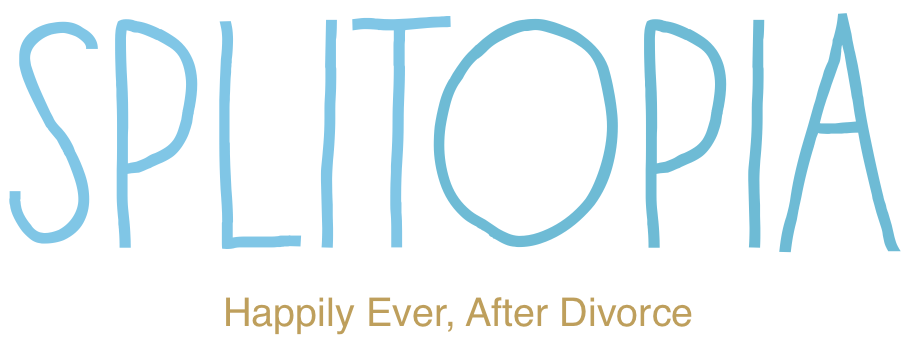Say What?! Communication Tips for Blended Families
/Your home life in a new, blended family will likely be different than it was the last time you were married, and than it was when you were running a household as a single adult. You’re living with new people, perhaps in a new home, in a new community. Your kids might be going to a new school. You’re creating new routines and likely feeling new emotions. Organizing your communication strategies while adjusting to this “new normal” can help maintain harmony, says Gayle M. Gruenberg, a (divorced) New Jersey-based certified professional organizer who specializes in chronic disorganization. “In a blended family, schedules and relationships are constantly evolving, and your systems need to evolve with you,” says Gruenberg.
Here’s her advice for organizing the information flow in a blended family.
3 Tips for Organized Communication
Use your calendar, or calendars.
One of the most common frustrations between co-parents is remembering to communicate exactly who is going where, and when. When one or both parents are part of a blended family, remembering who has soccer on which day and when the parent-teacher conferences are can feel like it requires an on-site staff member dedicated to scheduling and coordination. An easier way to stay organized and keep everyone in the loop? Write down everyone’s schedule on a calendar. For blended families, using a Googledoc or one of the new online calendars allows people in more than one household to stay on top of scheduling details and changes, and access everything they need.
Schedule everything, no matter how small.
Include standing appointments that you may take for granted and that everyone should just know, as well as parenting time and visitation schedules, holidays, and school closings (which can pop-up unexpectedly). “In my life, it doesn’t exist if it isn’t on the calendar,” says Gruenberg, who uses a paper calendar and digital ones to keep track of her two daughters, her business, community events and plans with friends. “I live by my calendar, and I encourage all of my clients to do the same. It’s essential for time management.”
Once a week, or however often works for your family, get everyone together to share updates on schedules and calendars. It’s great to have a system, but if it isn’t used and regularly maintained, it’s worthless.
Make sure to leave “white space” on the calendar for yourself. Most of us lead very busy lives, and we need time to recover from our crazy schedules. With blended families, unexpected conflicts, strong emotions and sudden moments of new-family fun can arise when least expected. Leaving some space allows you to be mentally present for the new life you’re creating, take time to nurture your relationships, and care for yourself. Even a few minutes here and there can feel like a mini vacation.
You can use technology as a visual organization aid. On an iPhone’s or MacBook calendar app, for example, you can create a calendar for each family member and assign everyone his own color. Share access to each calendar with the family members who need it. “Each of my kids has an iCloud calendar. Their father and I have access to each of their calendars so we can update them and easily see who has to be where when, and if there are any scheduling conflicts,” says Gruen.
Explore communication apps and programs.
There are so many different ways to stay connected these days, and you may not yet know what works best for your blended brood. “I tell my clients to sit down and ask everyone how they would like to communicate. From old-fashioned phone calls to FaceTime, texting, Snapchat, WhatsApp and email, chances are everyone will like something different, so stay flexible.”
You can even create group chats to keep everyone informed and simplify communication. And don’t frown on emojis. One benefit of technology is that it allows kids to communicate their feelings in images—photos, emojis, gifs—which might be an easier way to share difficult or complex emotions. Images also can add levity and humor, which are great aids to positive communication. Image-oriented communication can allow them to open up and be honest when they might not feel comfortable doing so in words or in person.
Positive self-talk can help smooth over the rough spots, Gruenberg insists—specifically the kind that reminds you that you’re doing your best. “Repeat after me, ‘I’m a role model for the kids on how to gracefully make mistakes.’”
***
Alysia Patterson Mueller is a Brooklyn-based writer whose waking (and non-waking) hours are mostly absorbed by looking after her two-year-old daughter, six-month-old son, and 90-pound black Labrador Retriever. She has a Master's Degree in Journalism from the Medill School at Northwestern University and has worked as an Associated Press reporter. She and her husband are both children of divorce, which makes contributing to Splitopia a meaningful assignment for her.























